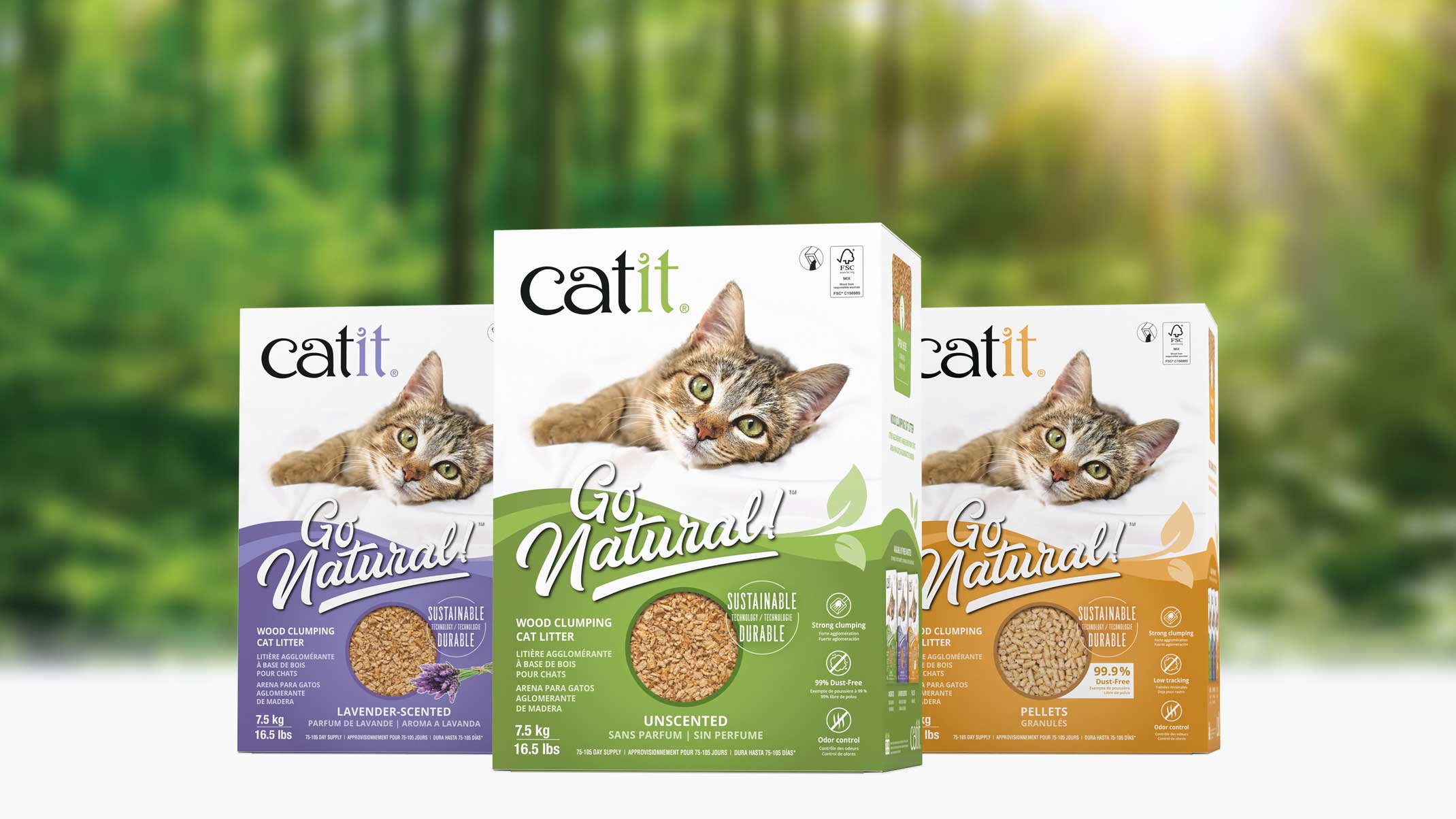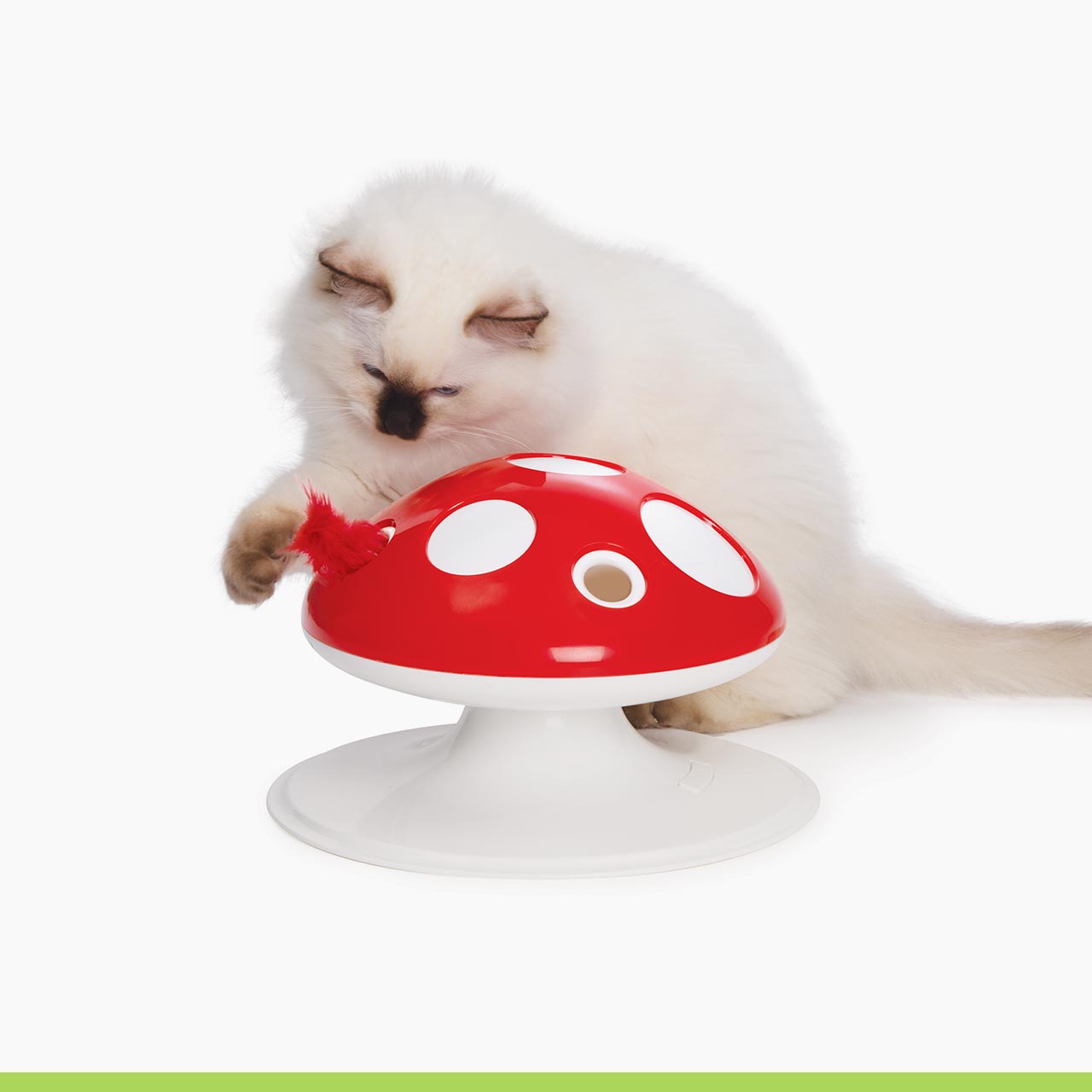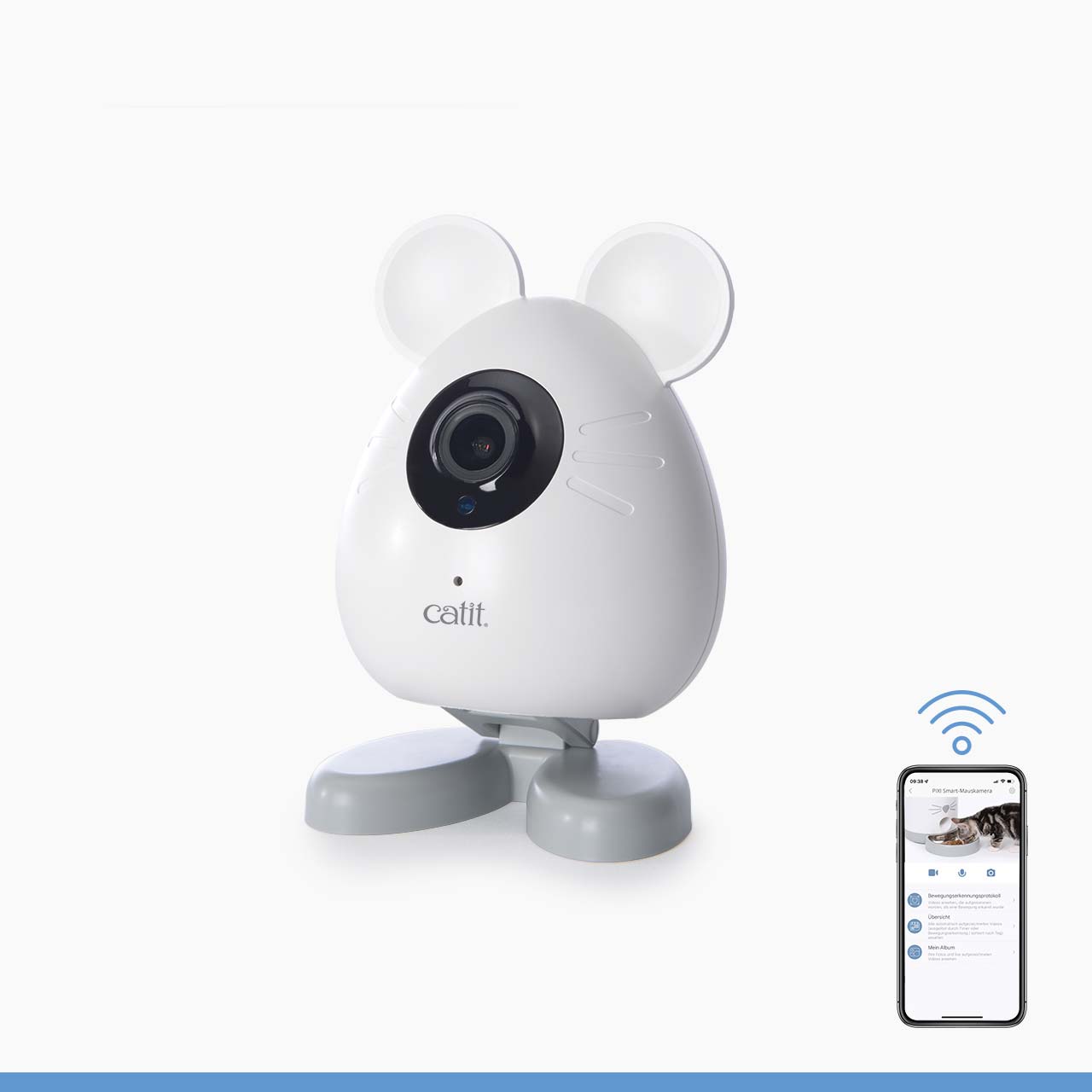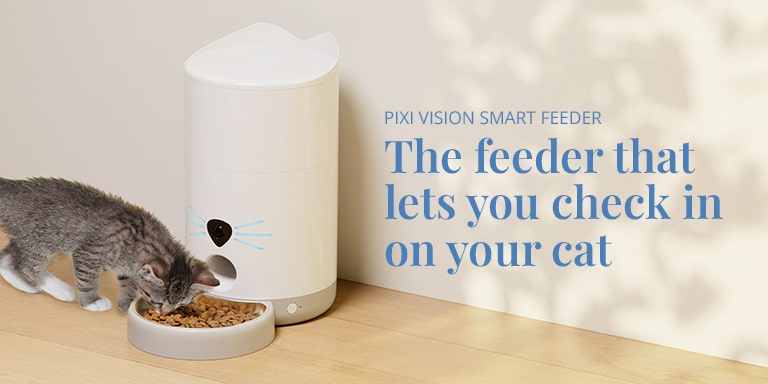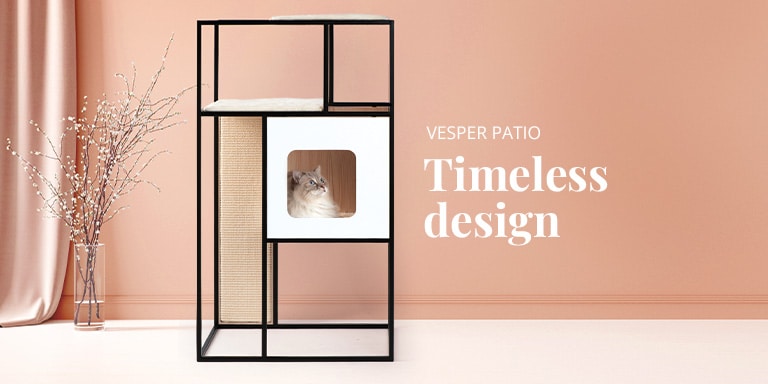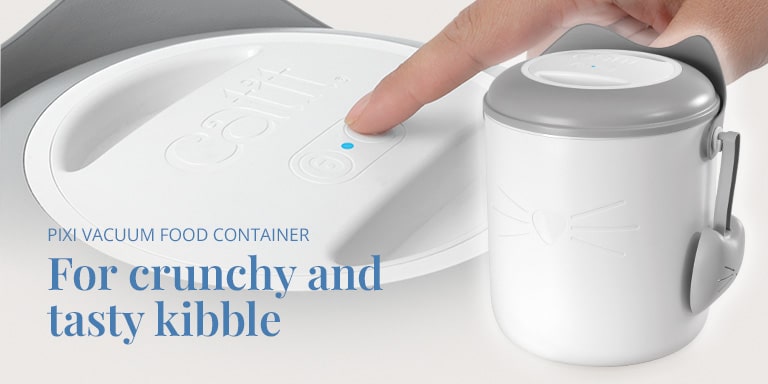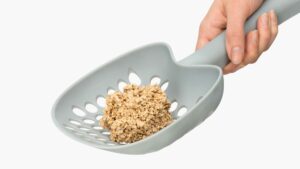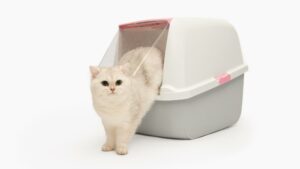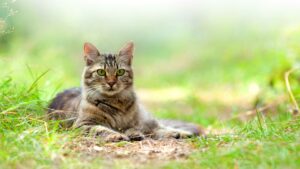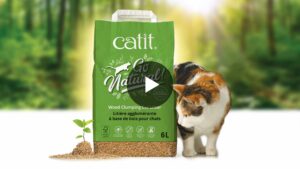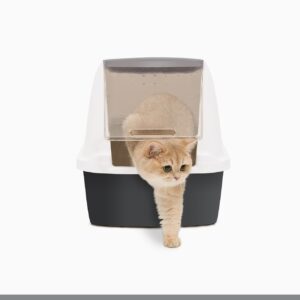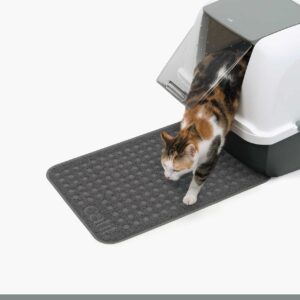1. About the litter
Besides wood, what is this litter made of?
Catit Go Natural Wood Clumping Cat Litter is made from various types of conifer wood (pine, spruce, fir, etc.), plant fibers (such as corn – not meant for consumption), and natural clumping agents.
Is this litter suitable for people or cats with allergies?
Yes, in most cases, though we always recommend checking with your veterinarian if your cat has specific health issues. We don’t use any chemicals in our litter and greatly reduce the amount of dust with a double sifting process, so there are fewer allergens and a lower risk of allergic reactions.
How does the litter’s odor control work?
Our litter has natural odor controlling properties, which help keep your litter box smelling fresh. The patented natural compounds and fine fiber structure instantly absorb odors, stopping them from forming.
How much does this litter weigh?
The litter is pleasantly lightweight: a single liter of litter weighs approximately 0.5 kg / 1 lb.
Where does the wood in this litter originate from?
The wood in our litter is FSC-certified leftover lumber from sustainably managed forests. In this way, the biological diversity in the forests is protected and maintained. Our wood originates from the fir forests found in the eastern part of Italy (Friuli Venezia Giulia region), and in the confined areas of Austria and Slovenia.
2. Usage of the litter
How much litter should I use?
Pour a layer of 5-7cm (2-2.7 in) Catit Go Natural Wood Clumping Cat Litter in the litter box and keep it at this level at all times to ensure the best results. Make sure that you use our wood litter in a dry environment only – no damp bathrooms.
How often should I scoop the litter?
We recommend scooping once every day to prevent bad odors.
How long will one box of litter last for?
On average, a 7.5 kg (16.5 lbs) box of Catit Go Natural Wood Clumping Cat Litter will last for 75 to 105 days in a single cat household. But of course this depends on the size of your litter box, the number and size of the cats using it, and even how much they’re drinking.
3. Recycling the litter
Can I flush this litter down the toilet?
We recommend disposing of cat droppings in the trash rather than flushing them, though our litter is perfectly flushable thanks to its natural composition.
How do I compost this litter?
Check our handy step-by-step composting guide and get started in no-time.
Before you get started:
- Add a layer of sawdust, soil, or leaves at the bottom of your compost bin.
- Add a layer of used cat litter.
- Cover the cat litter with a 2.5 cm (1 in) layer of sawdust, soil, or leaves.
- Repeat this process and feel free to add other compostable materials such as fruit or vegetable waste.
- Make sure to aerate your compost regularly.
- After about 6 months to a year, your compost is ready for use on non-edible plants.
IMPORTANT: we don’t recommend using composted litter as fertilizer for edible crops, as there is a risk of E.coli, tapeworm and toxoplasmosis contaminating your crops.
